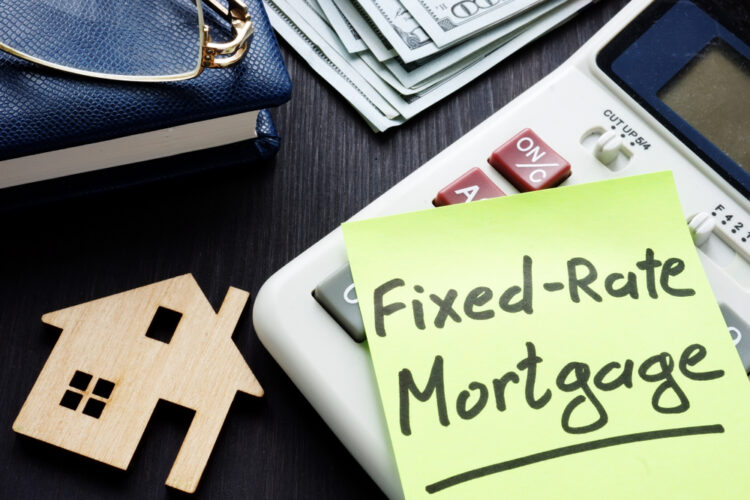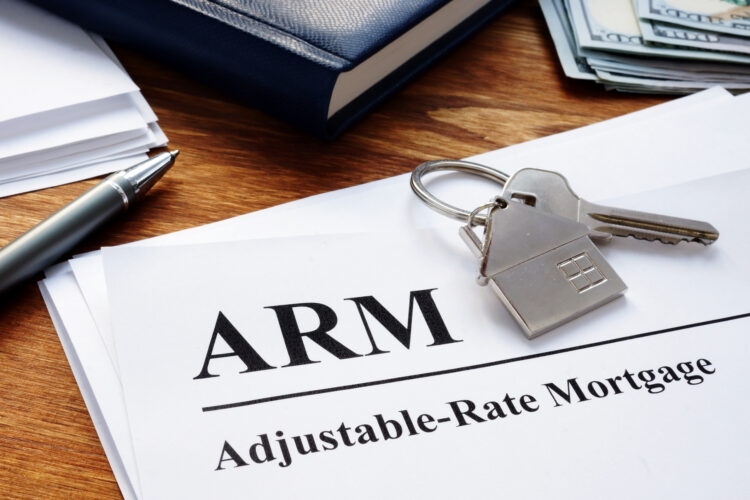When it comes to buying a home, choosing the right mortgage is one of the most important decisions you’ll make. With so many options available, it can be overwhelming to decide between a fixed-rate or adjustable-rate loan. In this article, we’ll outline the differences between the two and help you determine which one is best for your situation.
Fixed-Rate Mortgages

Source: firstbuyscheme.org.uk
A fixed-rate mortgage is exactly what it sounds like – a loan with an interest rate that stays the same for the life of the loan. This means that your monthly payments will also remain constant throughout your repayment period.
The main advantage of a fixed-rate mortgage is predictability. You’ll always know exactly how much your monthly payment will be, which makes budgeting and planning much easier. Additionally, since you’re locked into a specific interest rate, you won’t have to worry about rising interest rates affecting your payments.
If you plan on staying in your home for a long time or prefer stable payments, a fixed-rate mortgage may be best for you. However, keep in mind that these loans often come with higher initial interest rates than adjustable-rate mortgages.
To help make this decision easier for you, consider working with a mortgage broker who can provide expert advice tailored to your unique needs.
Adjustable-Rate Mortgages

Source: foxbusiness.com
An adjustable-rate mortgage (ARM) has an interest rate that can fluctuate over time based on market conditions. Typically, ARMs start with lower interest rates than fixed-rate loans but can increase over time.
There are several types of ARMs available, including hybrid ARMs and option ARMs. Hybrid ARMs have an initial fixed-interest rate period before switching to an adjustable rate while option ARMs give borrowers more flexibility regarding their payment amount and schedule.
Adjustable-rate loans are best suited for those who plan on moving or refinancing within a few years as they offer lower initial rates and shorter terms compared to fixed-rate mortgages.
Choosing Between Fixed-Rate and Adjustable-Rate Mortgages
Ultimately, choosing between a fixed-rate and adjustable-rate mortgage depends on your financial situation and goals. Here are soan me factors to consider:
- Interest Rates: If current interest rates are low, you may want to consider locking in a low rate with a fixed-term loan.
- Loan Term: How long do you plan on living in your home? If it’s only for a few years then an ARM might be more suitable.
- Monthly Payments: Do you prefer stable payments? A fixed-term loan offers predictable monthly payments while an ARM can provide lower ones initially but may increase later on.
- Financial Goals: What are your long-term financial goals? If paying off debt or investing elsewhere is important then an ARM might offer more flexibility.
Conclusion
Choosing between a fixed-rate and an adjustable-rate mortgage ultimately comes down to personal preference and financial goals. Both options have their advantages depending on your individual situation. It’s important to carefully consider all factors before making any final decisions.
Working with a knowledgeable broker can also help simplify the process by providing customized recommendations based on your financial circumstances. Remember to take your time when making this decision as it will impact your finances for years to come.




